As we step into 2025, the workplace continues to evolve, and so too does the approach to office ergonomics. With a growing emphasis on employee wellbeing, productivity, and sustainability, organisations are seeking innovative ways to improve the work environment. Here are the key ergonomic trends and predictions shaping office spaces in the coming year:
1. Hybrid Work Drives Flexible Ergonomic Solutions
The hybrid work model remains a dominant trend, with employees splitting their time between home and office environments. This has led to a surge in demand for portable and adaptable ergonomic equipment. Foldable standing desks, compact ergonomic chairs, and multi-purpose accessories are becoming essentials for employees who need to create comfortable workstations in various locations.
2. AI-Driven Ergonomic Assessment Tools
Artificial intelligence is making its mark in workplace ergonomics. In 2025, we anticipate the realisation of AI-powered tools that assess workstation setups in real time. These tools could use cameras and sensors to provide personalised feedback on posture, desk height, and seating adjustments, helping employees maintain optimal ergonomic practices throughout the day.
3. Wellbeing-Integrated Workstations
Employers are focusing on holistic wellbeing by integrating features such as sit-stand desks, under-desk treadmills, and desk bikes. These innovations not only encourage movement but also improve mental health and focus, creating a more balanced work experience. Look out for smart desks with built-in sensors to remind employees to switch between sitting and standing.
4. Sustainable Ergonomic Products
Sustainability remains a top priority, and ergonomic furniture manufacturers are responding with eco-friendly options. Expect to see products made from recycled materials, sustainably sourced wood, and biodegradable components. Companies are also embracing modular designs to extend the lifespan of ergonomic furniture by allowing parts to be replaced or upgraded rather than discarded.
5. Focus on Psychosocial Ergonomics
With increasing awareness of psychosocial hazards in the workplace, 2025 will see a greater emphasis on designing office spaces that support mental wellbeing. This includes ergonomic lighting solutions that reduce eye strain, acoustic panels to minimise distractions, and furniture arrangements that promote collaboration while respecting individual work preferences.
6. Ergonomic Wearables
Wearables are becoming more sophisticated, offering features like posture monitoring, vibration reminders to move, and real-time ergonomic coaching. These devices empower employees to take control of their health and make adjustments throughout the day, fostering a proactive approach to wellbeing.
7. Data-Driven Ergonomics
Companies are leveraging workplace analytics to design better ergonomic solutions. By collecting data on employee movement patterns, workstation usage, and environmental factors, organisations can create tailored interventions that address specific needs and boost overall productivity.
8. Inclusivity in Design
As diversity in the workplace grows, so does the need for inclusive ergonomic solutions. Expect to see furniture and equipment designed to accommodate a wide range of body types, abilities, and work preferences, ensuring every employee feels supported and comfortable.
9. Remote Ergonomic Services
Virtual ergonomic assessments and training sessions are here to stay. Companies are investing in online platforms that offer remote consultations, providing employees with expert guidance on setting up their workstations, regardless of location.
10. Biophilic Design Meets Ergonomics
Biophilic design—the integration of natural elements into office spaces—is merging with ergonomic principles to create healthier environments. Expect to see adjustable desks and chairs made with natural finishes, as well as greenery incorporated into ergonomic furniture designs, promoting a connection to nature while maintaining functionality.
Preparing for the Future
The trends and predictions for 2025 reflect a shift towards a more employee-centric and sustainable approach to workplace design. By staying ahead of these developments, organisations can create environments that not only enhance productivity but also prioritise the health and wellbeing of their teams.
Investing in ergonomic solutions is not just about keeping up with trends—it’s about creating a future-ready workplace that empowers employees to perform at their best, wherever they are.
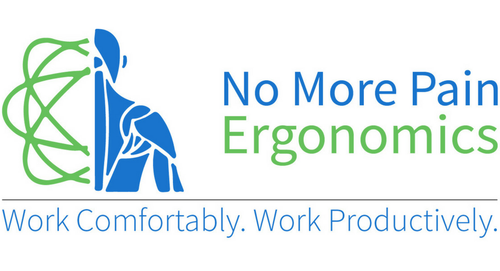



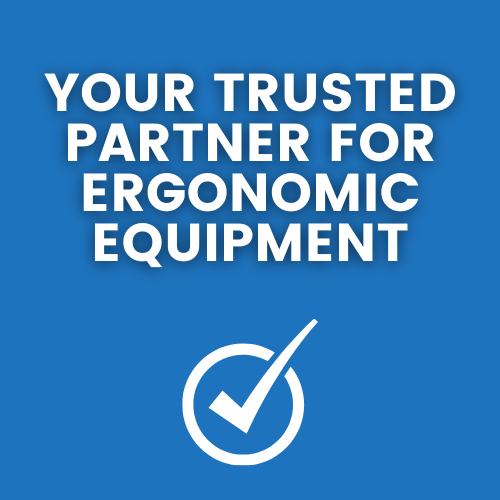


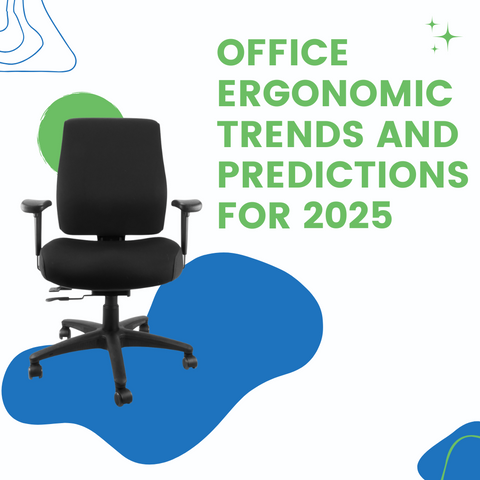




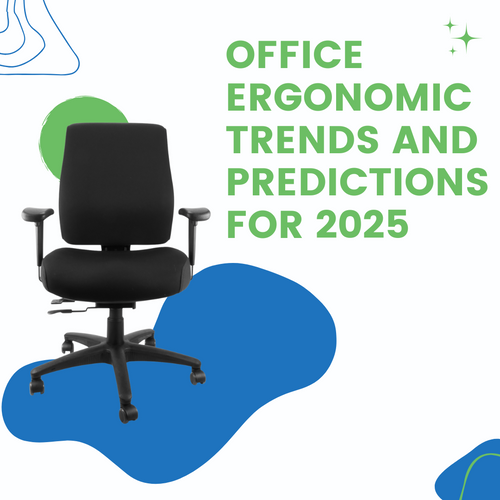
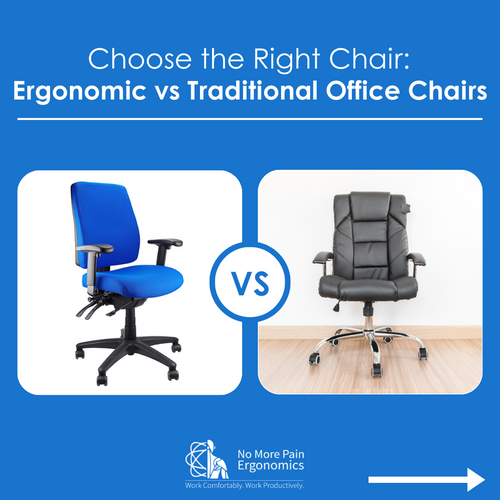


← Older Post Newer Post →
0 comments
Get in Touch
Still have a question or simply want to discuss what ergonomic products are best suited? Get in touch, our expert team is available to provide free advice and support.